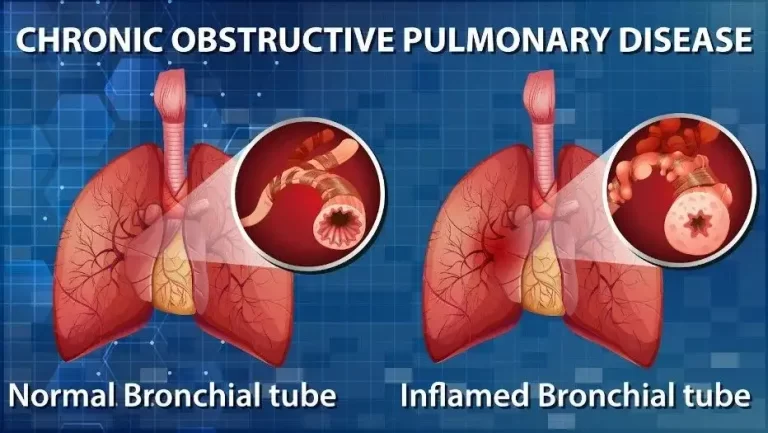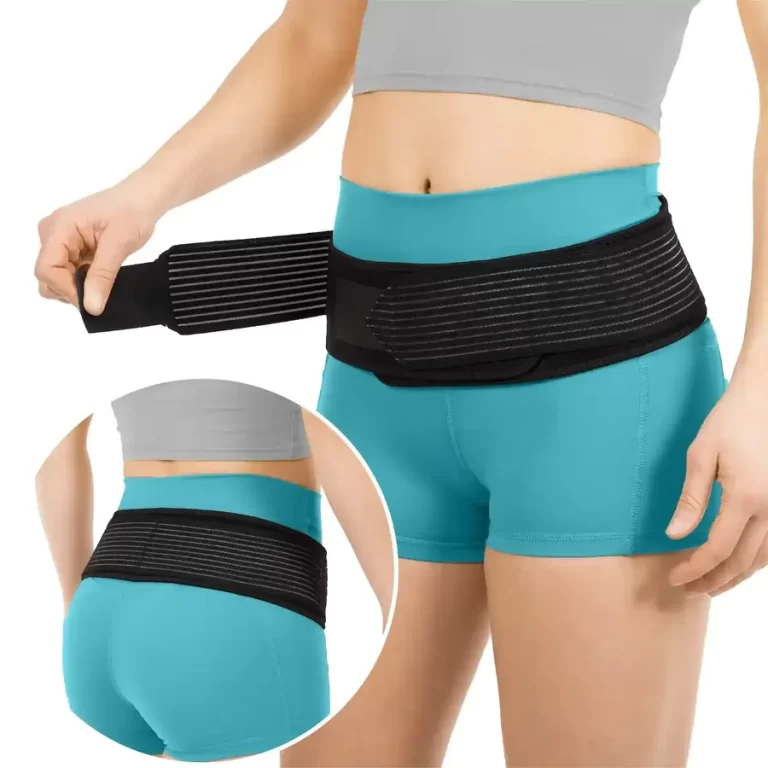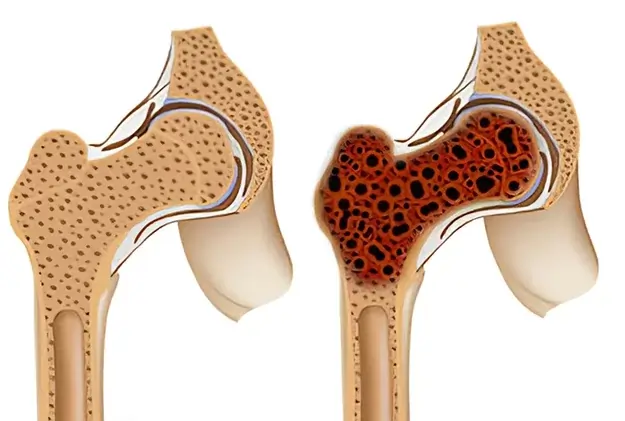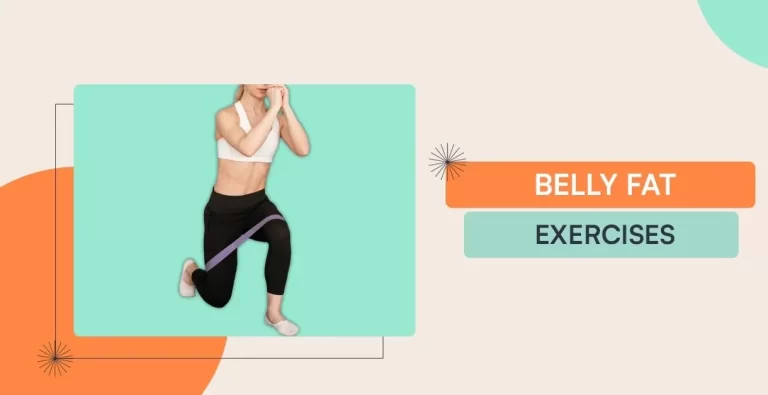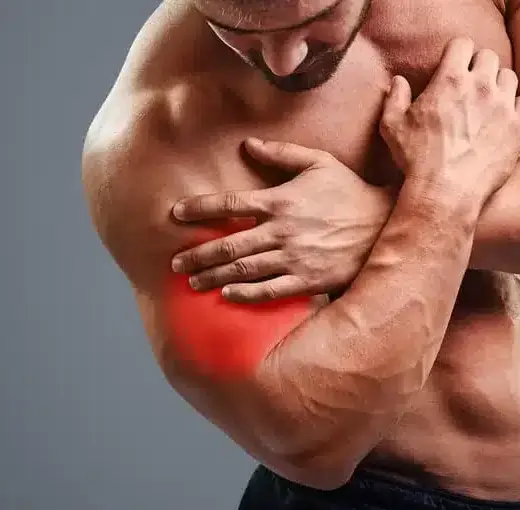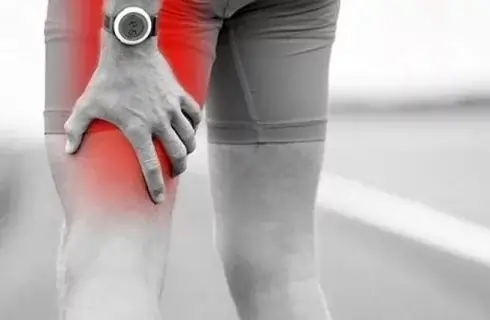Dolichocephaly
Dolichocephaly: What is it? Dolichocephaly is a condition where the head is longer than usual in relation to its width, resulting in an elongated skull shape. It can be congenital or develop due to external factors, such as prolonged positioning in infants. In some cases, it is associated with genetic conditions like craniosynostosis. Treatment depends…


